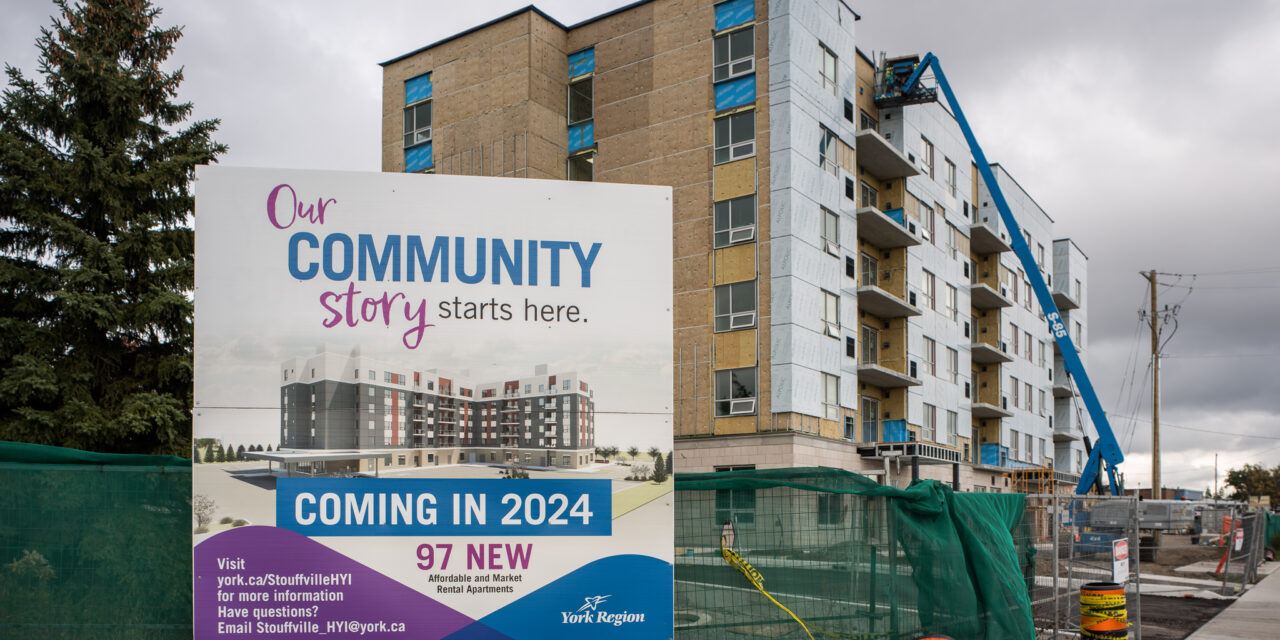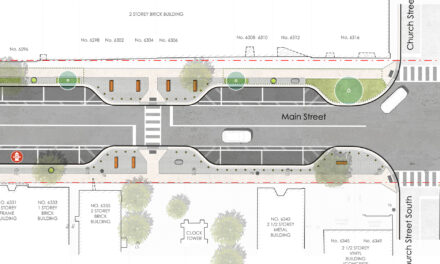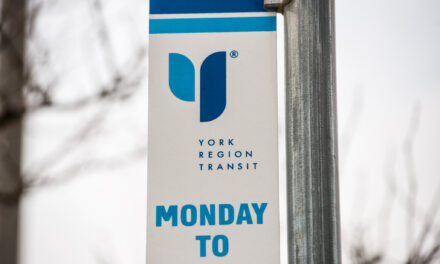- York Region Staff have conducted a review of all Regionally owned buildings to identify those that may be underused or vacant.
- The goal of the study was to find any properties that could be repurposed for other Regional priorities, such as conversions to help boost housing supply.
- A total of 282 buildings were examined; however, no feasible repurposing opportunities were identified.
- Staff also assessed whether any Regional properties could be utilized and discovered 251 acres as potential excess land.
- Further investigation is underway to determine development opportunities for the parcels.
According to York Region, home ownership costs have outpaced income growth by three times over the past decade. Dwindling rental stock has worsened housing challenges and resulted in high rent prices, and the waitlist for Regional community housing has increased by 172% in the same period.
At an April 2024 Regional Council meeting, Aurora Mayor Tom Mrakas introduced a motion asking for a review of York Region buildings and lands. He sought a better understanding of how Regional properties are being used in local municipalities and whether there are opportunities to make land use more efficient. He also expressed a desire to explore potential reuse for additional housing, including community housing.
During the meeting, Regional Chairman Wayne Emmerson referenced an earlier motion by Newmarket Mayor John Taylor, who sought short-term solutions to assist the unhoused population. “What can we do now to provide housing?” Emmerson said of the effort’s intent, noting how it aligns with Mrakas’s proposal.
Regional Councillors proceeded to deliberate over any potential reuses adhering to local Official Plans, and Staff committed to providing them with a list of available buildings which could be considered.
However, “there are no feasible options for residential conversions within the Region’s building portfolio,” the resulting Staff report explains. The report notes that office buildings converted to residential use in Calgary and Ottawa were older, vacant, and had smaller floor areas than contemporary office spaces.
“Based on an analysis of buildings the Region owns and operates, at this time there is no cost-effective opportunity to vacate a Regional building and convert it to address other Regional priorities,” the report says.
In terms of making land use more efficient, Staff provided examples of consolidation efforts. In 2020, seven Regional locations were combined in a new building, saving roughly $1 million annually over the next 30 years by eliminating the need for leases. A Region-owned building at 62 Bayview Parkway was subsequently demolished, with plans to use the now-vacant land for affordable housing.
“There are potential opportunities to repurpose Regionally owned land in support of a response to a shortage in housing and shelter solutions,” the report states. A total of 251 acres have been identified as potential excess land, with 50 of those acres deemed underdeveloped and possibly available for additional development.
The remaining parcels do not contain buildings and are “potentially developable on a case-by-case basis.” How much of this land can be developed is still being investigated, with consideration being given to servicing levels, Regional needs for existing use expansion, and environmental sensitivity.
The report will be presented to York Regional Council during their October 10, 2024, meeting. It begins at 9 a.m., with the live stream available here.





